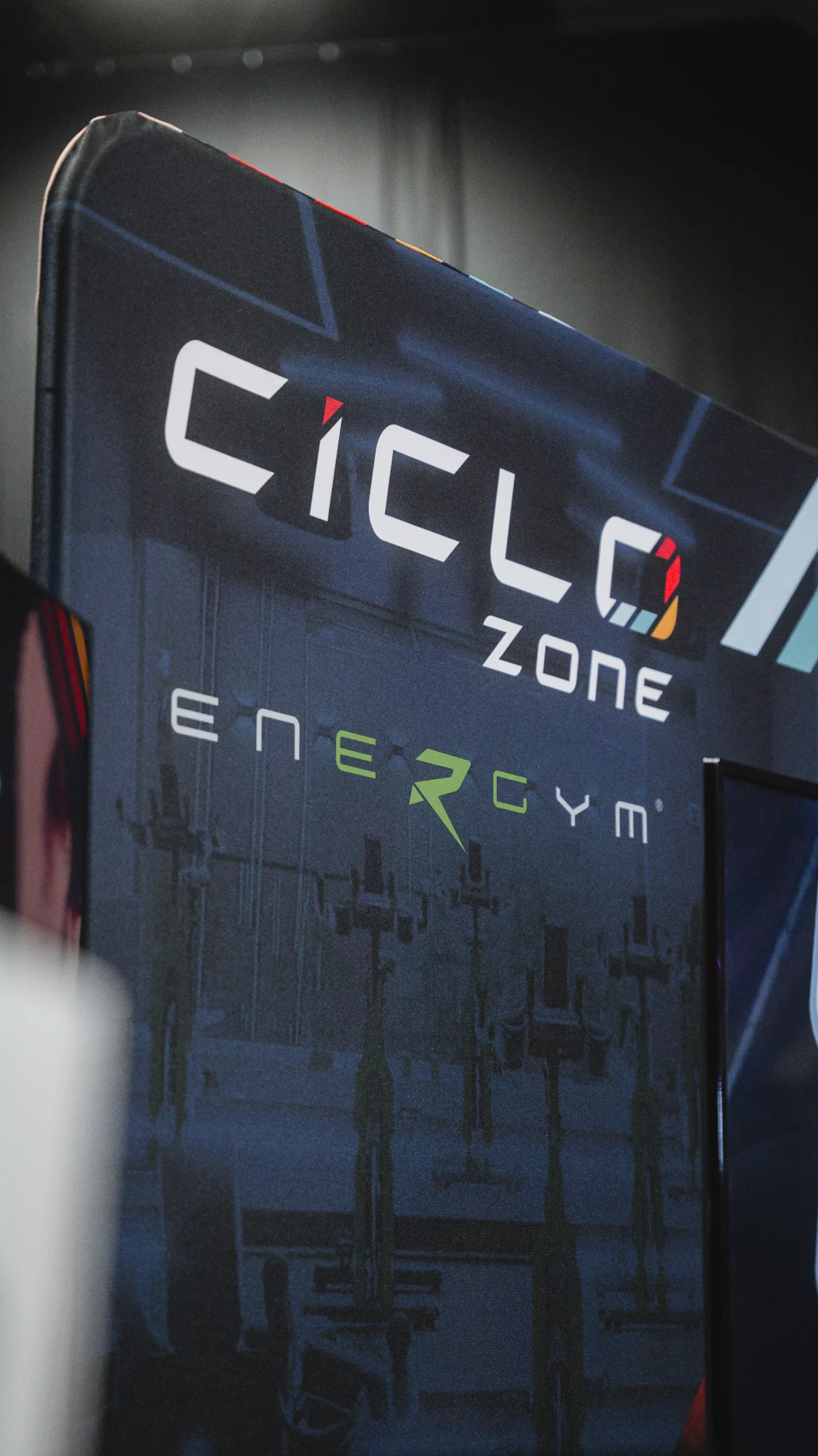In my previous blog, we looked at the Power Training Levels chart. It is based on extensive research into how different training intensities are supported via the body’s three energy delivery systems.
Energy Delivery Systems
Every single movement you make, from blinking to biking, requires Adenosine Tri-Phosphate (ATP) which is an energy-carrying molecule found in the cells of all living things. In fact, ATP is even needed to make and break the energy-producing bonds in ATP. ATP is the energy currency of the body and is produced in three systems concurrently.
The three energy delivery systems are: aerobic, anaerobic, and ATP-CP. Each system provides a different amount of energy potential and they each have a different rate at which that energy potential can be supplied. The most important thing to understand about ATP is that we store very limited amounts of it in our bodies and as a result, we are continually using and re-synthesising this energy potential in an endless cycle.
Each energy delivery system will require certain substances and discard others. ATP captures chemical energy via the breakdown of food molecules in the form of available carbohydrates and fat. The aerobic system requires oxygen in addition to those energy substrates. Humans are aerobic creatures. Without access to oxygen, our cells will become ischemic and die at varying rates. The very basis of our existence is based on breathing and as such the majority of work that we do is aerobic in nature.
Energy supply between the various systems is provided on a sliding scale. It is the amount of energy required or the speed at which it is required which determines if the aerobic and anaerobic system is the primary delivery pathway.
At lower levels of intensity, your body doesn’t require energy as quickly, so this pathway easily provides the energy required. Aerobic metabolism draws on a higher percentage of fat for fuel rather than carbohydrates. It has a low throughput but a high output, meaning energy production and supply is slower, but each molecule of fat yields more than twice the units of energy as a molecule of glucose, so it is a much more efficient means of supplying energy. This concept is critical because humans typically have significantly more stored fat than they do carbohydrates, which is referred to as glucose and glycogen.
Energy Demands at Threshold
Our physiologies are as unique as our fingerprints; what works for one rider may not be as effective for others. It is important to realise that we can, in part, shape our unique physiologies to an extent, and this is why it is key to train below our threshold to build a solid aerobic base.
Riding at threshold is still primarily aerobic; otherwise, we would not be able to hold that intensity for an hour. Aerobic training is necessary for mitochondrial biogenesis – the process by which cells increase mitochondrial mass. Not only is the mitochondrion a key regulator of metabolic activity, but it is also an important organelle in controlling the advancement of certain metabolic diseases such as diabetes and cardiovascular disease.
Riding for extended periods below threshold will train your body to use a larger ratio of fat to carbohydrates. If you have a larger fuel source for longer efforts, there will be ample glycogen stores for higher intensity efforts when you really need it.
Aerobic base training will also ensure that your endurance is well-developed, resulting in you being able to ride longer, producing the same number of watts, with less effort overall. Training below lactate threshold also enables you to increase your tolerance and clear lactate faster.
We all know how fun those high-intensity efforts are and the rush that comes with successfully completing them. Train your body to become efficient, powerful and capable by spending some time developing your aerobic systems so that your high-intensity efforts can create even more power.




